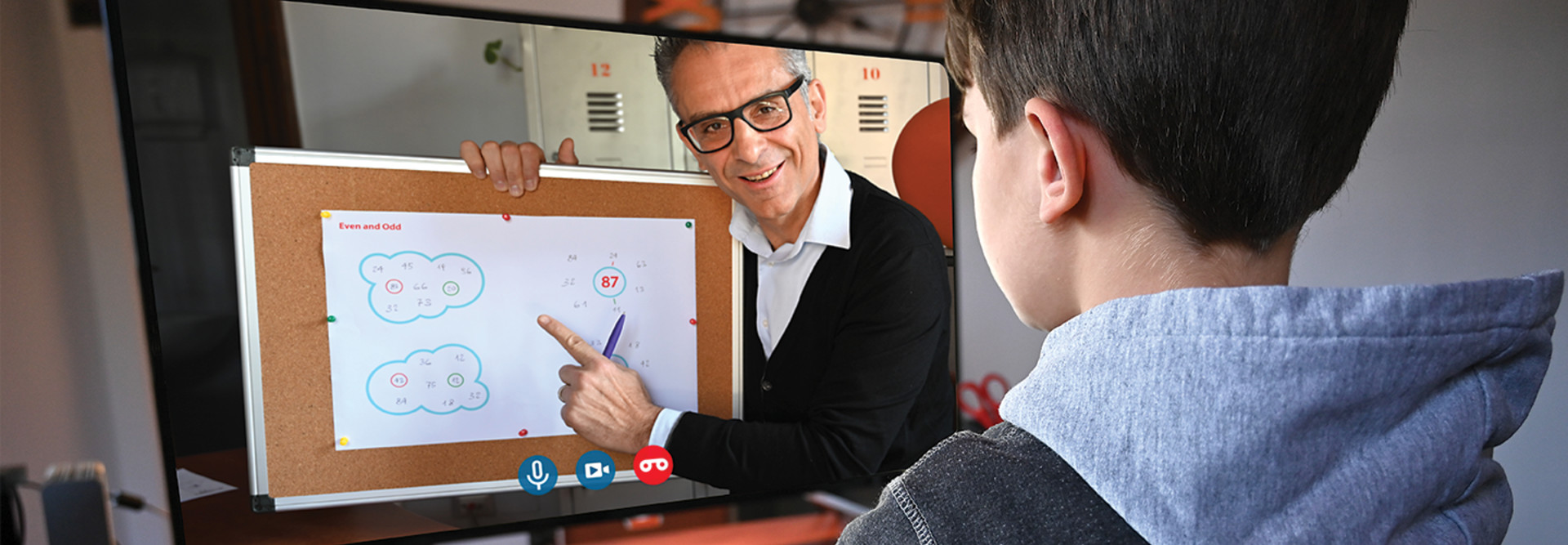1. Get Your Backup Tools Ready
What will you do if students are having issues submitting assignments on their LMS? What if your school’s or district’s videoconferencing software experiences an outage? And if the internet suddenly goes down, what happens then?
Having a set of backup tools can help administrators and educators prepare for these scenarios. For example, some schools have already identified an alternative videoconferencing platform to switch to if they encounter any issues with their main system. Others have prepared educators to set up asynchronous and offline learning opportunities, such as paper packets or prerecorded lessons saved to a student’s device, to avoid any lapses in learning time if the Wi-Fi isn’t working.
If feasible, it’s also worth purchasing extra equipment. Students and teachers can’t just rely on one camera or one mic for the entire school year, for example. If something breaks, they should have a substitute ready to use.
2. Provide Clear Documentation and Guides
Administrators should also document their backup plans so that teachers, students and parents know what to do if something goes wrong. As recommended by the Consortium for School Networking, this documentation should also include contact information for key support staff, their hours of availability and clear expectations for response times.
CoSN also recommends providing self-support options, such as how-to guides, troubleshooting resources and a list of alternative solutions. Videos are particularly helpful because they make it easier for end users to follow step-by-step tutorials and get an overview of the device or software they are using. This lifts the burden from IT departments that are busy supporting classroom technologies — both in-person and online — and makes the help desk a little bit more manageable for them.
READ MORE: How can school and IT leaders support parents during remote learning?
3. Adopt a Mobile-Friendly Plan
Students and teachers might not be able to access online learning for a number of reasons; for instance, they may not always have access to the necessary devices for logging in, or they may lack an internet connection at home. Slow Wi-Fi due to weak signals or too many devices on a network is another hurdle.
Smartphones are a smart alternative in these situations. Although smartphones have their constraints, they still enable remote communication, collaboration and community building in many ways, write Beth Holland, CoSN’s digital equity project director, and Nate Kellogg, partner at the nonprofit Learning Accelerator, for Edutopia. That said, administrators, IT staff and educators need to work together to ensure that any software or content they use is accessible and optimized for both desktop and mobile users.
DISCOVER: Find out how to create immersive learning experiences on mobile devices.
4. Review Your Network and Security Readiness
To make the transitions to remote learning days as painless as possible, school and IT leaders need to ensure that their IT infrastructure is up to snuff. Networks should be ready for high capacity to support the needs of students and teachers on any device, at any time and at any location, without interruption.
Layering additional security protections has never been more important. Schools and districts must remain vigilant and adapt their cybersecurity program to today’s new learning environment, whether that means implementing a stronger identity management strategy or looking into managed security service providers.
By having alternatives ready, administrators can minimize interruptions and ensure that learning continues.
This article is part of the “ConnectIT: Bridging the Gap Between Education and Technology” series. Please join the discussion on Twitter by using the #ConnectIT hashtag.







![[title]Connect IT: Bridging the Gap Between Education and Technology [title]Connect IT: Bridging the Gap Between Education and Technology](http://www.edtechmagazine.com/k12/sites/default/files/articles/2014/05/connectit.jpg)




